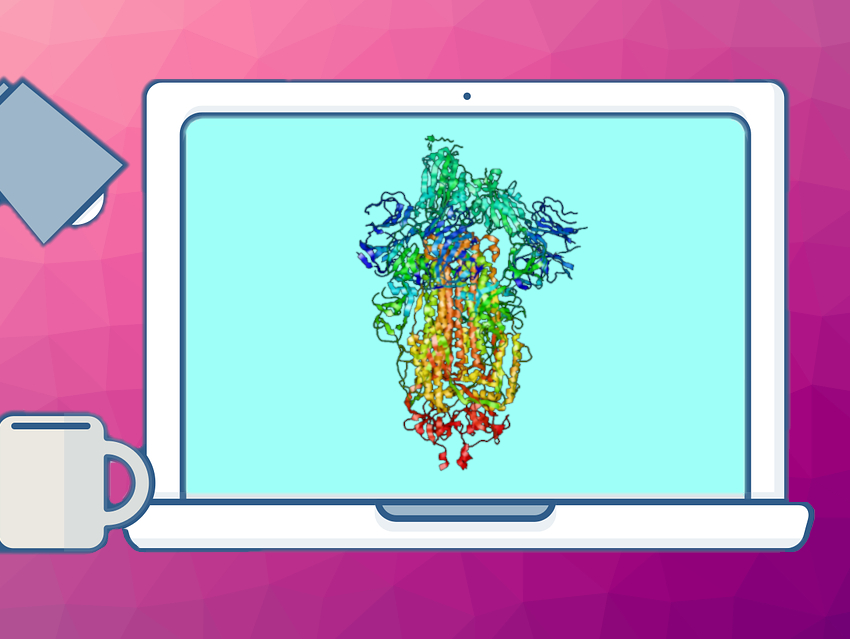New variants of the SARS-CoV-2 virus keep emerging during the COVID-19 pandemic. Some variants are high-risk, showing either immune escape properties or increased transmission. Detecting such variants early can be challenging. Existing experimental approaches to determining the immune escape and transmissibility properties of new virus variants can be resource- and time-consuming, all while many new variants are sequenced daily.
Karim Beguir, InstaDeep Ltd, London, UK, Uğur Şahin, BioNTech SE, Mainz, Germany, and colleagues have developed a computational approach to ranking SARS-CoV-2 variants based on their immune escape and fitness potential. The method combines structural modeling of the spike protein with the use of artificial intelligence (AI). It uses a complete database of known virus variants as a training set and could provide an early warning system for new high-risk variants. New sequences can be evaluated within minutes.
The team tested the performance of their system in detecting existing concerning virus variants. This analysis was based on the information available at the time for the weeks between September 16, 2020, and November 23, 2021. The system flagged 12 out of 13 variants designated by the World Health Organisation (WHO) as potentially dangerous, and would have done so on average two months ahead of them being designated as variants of concern. Several variants of concern would have been detected in the same week they were first reported.
According to the researchers, such a system could help public health authorities and governments worldwide to increase their preparedness for new variants.
- Early Computational Detection of Potential High Risk SARS-CoV-2 Variants,
Karim Beguir, Marcin J. Skwark, Yunguan Fu, Thomas Pierrot, Nicolas Lopez Carranza, Alexandre Laterre, Ibtissem Kadri, Bonny Gaby Lui, Bianca Sänger, Yunpeng Liu, Asaf Poran, Alexander Muik, Ugur Sahin,
bioRxiv 2021.
https://doi.org/10.1101/2021.12.24.474095This research has been published as a preprint and has not yet been peer-reviewed. It should not be used to guide clinical practice.
Also of Interest
- Collection: SARS-CoV-2 Virus
What we know about the new coronavirus and COVID-19


